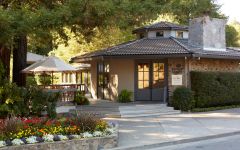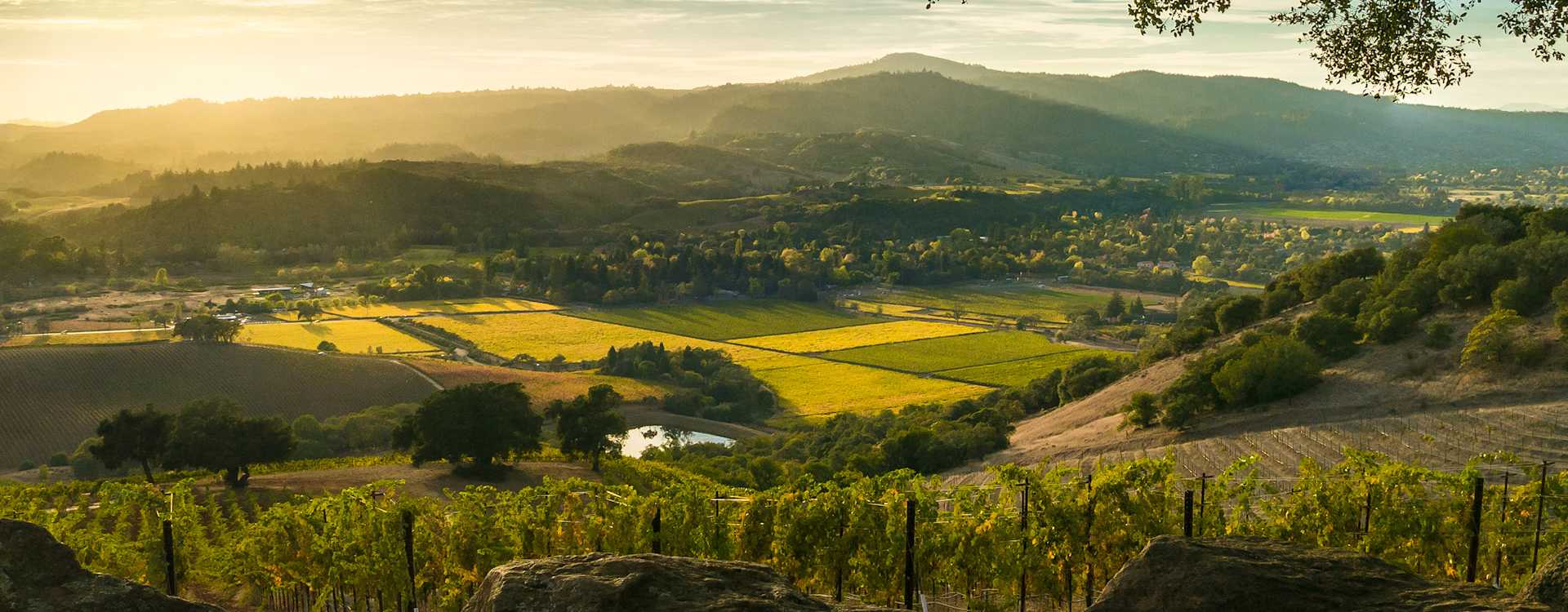Simi Sonoma County Chardonnay 2015
-
Wine
Enthusiast



Product Details
Your Rating
Somm Note
Winemaker Notes
Pair this food-friendly Chardonnay with smoked salmon with lemon aioli and toasted brioche; spot prawns sautéed with garlic, lemon, and parsley; or a caprese salad with ripe peach slices, basil, and fresh mozzarella.
Professional Ratings
-
Wine Enthusiast
This offers great value for the quality, a mix of salty brine, stone and caramel apple that delves into more voluptuous dabs of pineapple. Light-bodied and food-friendly, it shows focused acidity and restrained oak.
Other Vintages
2016-
James
Suckling
-
Wine
Enthusiast
-
Wine
Enthusiast
-
Wine
Spectator
-
Wine &
Spirits
-
Wine
Spectator
-
Wine
Spectator
-
Wine
Enthusiast -
Wine
Spectator





For over 140 years, SIMI has been producing world-class wines and is one of the oldest continuously operating wineries in California history. Founded by brothers Giuseppe and Pietro Simi, who immigrated to California from Italy, SIMI has been making wine in Healdsburg, California since 1876. Isabelle Simi, daughter of Giuseppe, took over management of the winery for over 70 years and today, her spirit of determination continues to drive the female led winemaking team. Simi produces quality wines sourced from the best of Sonoma County and crafts a range of remarkable offerings. SIMI’s Sonoma County-designate wines include Chardonnay, Cabernet Sauvignon, Pinot Noir, and Sauvignon Blanc and delivers true-to-fruit expressions of Sonoma every vintage. SIMI’s Reserve tier offers distinct Chardonnays, Pinot Noirs, and Cabernet Sauvignons from noteworthy Sonoma sub-AVAs and single vineyard designates including the Russian River Valley and Alexander Valley.
The winemaking team at SIMI is led by Lisa Evich. Lisa began her career at SIMI, spending nine years with the winery before diversifying her experience with positions at Pine Ridge and Arrowood. SIMI welcomed her home as winemaker creating world-class wines. The one word that Lisa would use to describe SIMI wines is "timeless." Through meticulous care and attention in both the vineyards and the winery, she works to maintain the timelessness of both SIMI and Sonoma County.

One of the most popular and versatile white wine grapes, Chardonnay offers a wide range of flavors and styles depending on where it is grown and how it is made. While it tends to flourish in most environments, Chardonnay from its Burgundian homeland produces some of the most remarkable and longest lived examples. California produces both oaky, buttery styles and leaner, European-inspired wines. Somm Secret—The Burgundian subregion of Chablis, while typically using older oak barrels, produces a bright style similar to the unoaked style. Anyone who doesn't like oaky Chardonnay would likely enjoy Chablis.

Home to a diverse array of smaller AVAs with varied microclimates and soil types, Sonoma County has something for every wine lover. Physically twice as large as Napa Valley, the region only produces about half the amount of wine but boasts both tremendous quality and variety. With its laid-back atmosphere and down-to-earth attitude, the wineries of Sonoma are appreciated by wine tourists for their friendliness and approachability. The entire county intends to become a 100% sustainable winegrowing region by 2019.
Sonoma County wines are produced with carefully selected grape varieties to reflect the best attributes of their sites—Dry Creek Valley’s consistent sunshine is ideal for Zinfandel, while the warm Alexander Valley is responsible for rich, voluptuous red wines like Cabernet Sauvignon. Chardonnay and Pinot Noir are important throughout the county, most notably in the cooler AVAs of Russian River, Sonoma Coast and Carneros. Sauvignon Blanc, Merlot and Syrah have also found a firm footing here.
